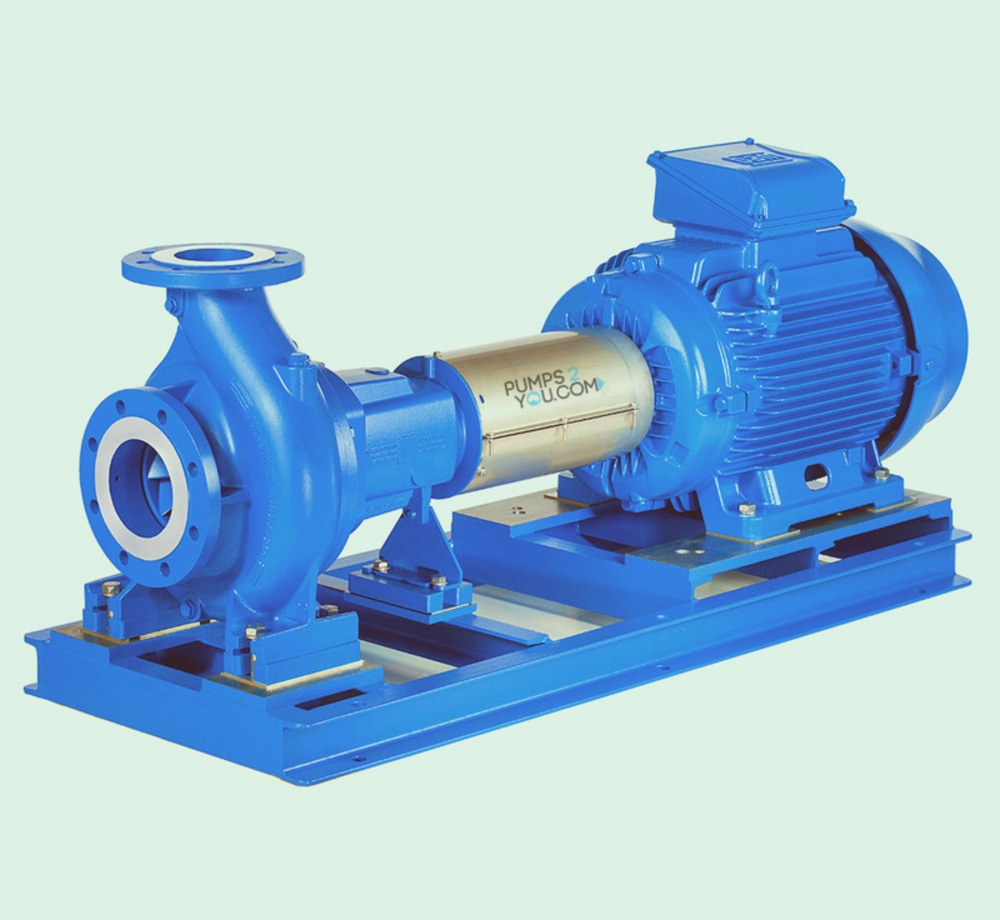Pump priming is a manual or automatic process that removes air from a pump's suction line by filling it with liquid. The pump is primed by filling it with the liquid to be pushed, which drives out any air, gas, or vapour that may be present. Almost all pumps are primed, with the exception of a few self-priming pumps. Pump Priming is the most crucial first step before beginning a pump since it prevents the bulk of pump problems.
The majority of pump issues are caused by improper or non-priming of the pump. Problems with lack of priming usually have a financial impact owing to pump maintenance and piping system downtime caused by a failing pump. As a result, the pump must be primed for proper and reliable performance. Also, you can get help from the Lowara centrifugal pump suppliers or contact the manufacturers directly to help you in priming the pump.
Reason for Pump Priming
If there is air, gas, or vapor inside the pump casing when it is turned on, the pump will not start properly. The pump will be at risk of being damaged. The presence of air or gas inside the pump will cause it to become gas-bound, preventing it from pumping the desired liquid. The pump will overheat, causing harm to the internals.
The gas in the pump must be removed to avoid the danger of pump damage and ensure reliable operation. As a result, the pump must be completely primed.
When is Pump Priming Required?
The fundamental goal of priming a pump is to get rid of any gas that is present. If there is any air or other gas inside the pump casing or suction line, it must be primed before it can start. Priming is not necessary if the pump suction line and casing are already filled with liquid during startup. The fundamental reason that most centrifugal pumps are placed below the liquid source level is that the pump is automatically primed.
Centrifugal pumps, in general, require priming. Priming is not required for submersible pumps or vertical sump pumps. Pumps with a positive displacement are known as self-priming pumps.
Centrifugal vs Positive Displacement Pumps
Centrifugal pumps usually require priming, but Positive Displacement Pumps (Rotary Pumps, Reciprocating Pumps) do not. To minimise overheating and failure due to dry running, all pumps must be primed before being used for the first time.
The liquid is moved from suction to discharge in a centrifugal pump. The impeller transfers rotational energy to the liquid, which drives the pump. There are no seals between the suction and discharge sides of the pump. As a result, centrifugal pumps are useless with gases and incapable of removing air from a suction line when the liquid level is below that of the impeller. As a result, centrifugal pumps must be primed in order to function properly.
Positive displacement pumps, on the other hand, all use close-tolerance parts to prevent fluid from returning from the discharge to the suction side. As a result, a positive displacement pump can expel air from its suction line to a degree.


No comments yet